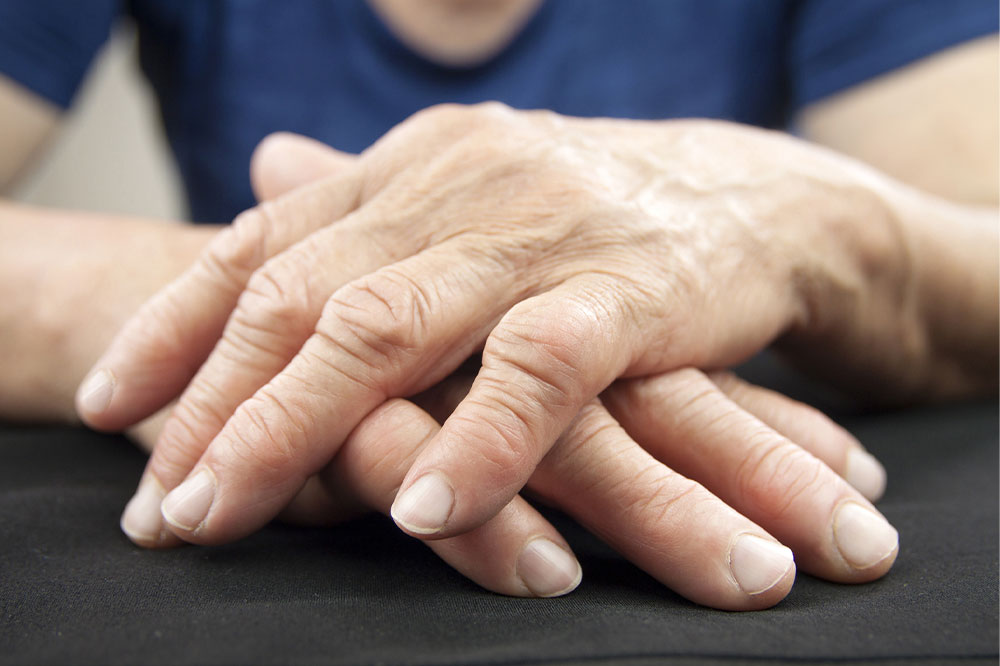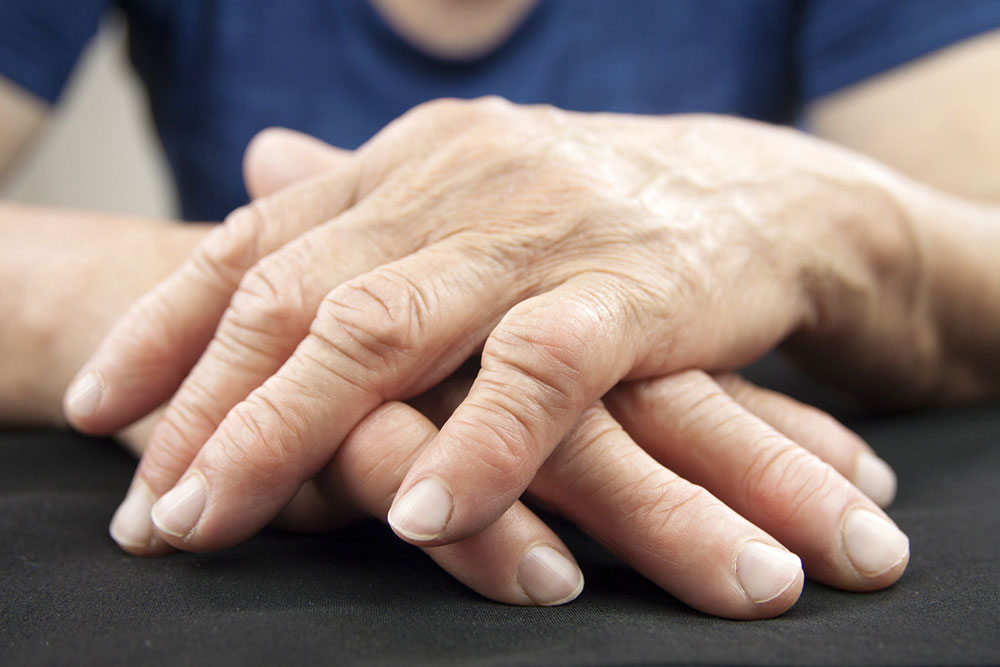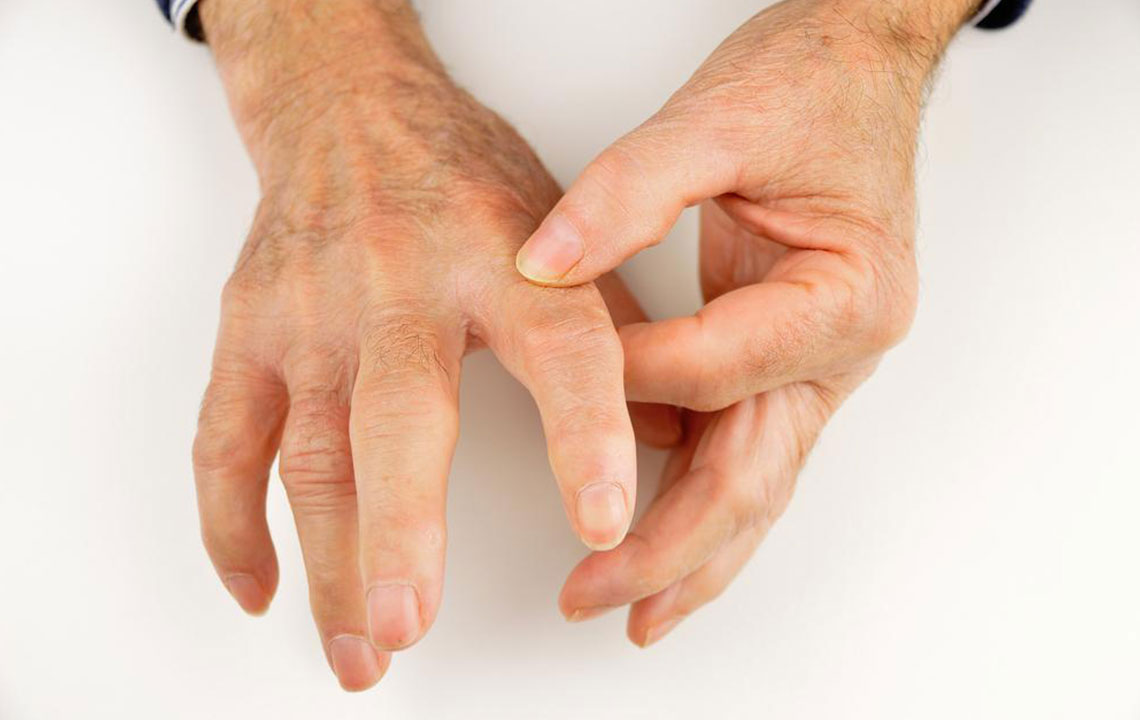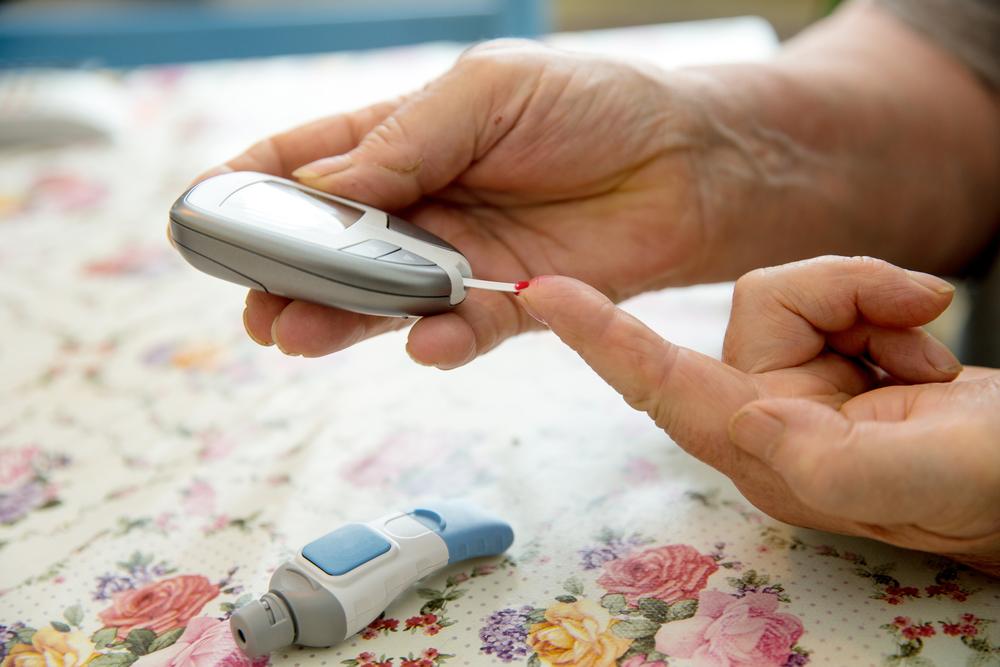Comprehensive Guide to Early Rheumatoid Arthritis Detection and Diagnosis
Discover comprehensive strategies for early rheumatoid arthritis detection, including key symptoms, diagnostic criteria, blood tests, and imaging techniques. Early diagnosis is crucial for effective management and preventing joint damage in RA patients, with advanced methods helping clinicians identify the disease at its initial stages for better outcomes.

Advanced Techniques for the Early Identification of Rheumatoid Arthritis
Rheumatoid arthritis (RA) is a chronic autoimmune disease characterized by inflammation and joint destruction, primarily affecting the small joints of the hands and feet. This condition develops when the immune system, which normally defends against infections, erroneously targets the body's own tissues, leading to persistent inflammation, swelling, and stiffness. Early detection plays a vital role in preventing irreversible joint damage and improving quality of life. This comprehensive guide delves into the latest diagnostic methods, early symptoms, and key criteria used by specialists to identify rheumatoid arthritis at its onset.
Recognizing Early Symptoms of Rheumatoid Arthritis
Early symptoms of RA can be subtle and often resemble other joint-related issues, which can complicate initial diagnosis. The most common early signs include persistent joint stiffness, especially noticeable after periods of inactivity like waking up in the morning or after long rest periods. Swelling and tenderness in affected joints are also typical. These symptoms tend to be symmetrical, affecting both sides of the body simultaneously, which is a distinguishing feature of RA. Alongside joint symptoms, patients may experience systemic manifestations such as low-grade fever, persistent fatigue, unintentional weight loss, and general malaise. These symptoms, while not specific to RA alone, contribute to suspicion of an underlying autoimmune process.Accurate diagnosis of rheumatoid arthritis involves a detailed assessment based on clinical criteria and diagnostic tests. The classification criteria, extensively revised in 1988 and further refined over the years, are used by rheumatologists worldwide. These include clinical features such as prolonged morning stiffness lasting more than an hour, persistent joint swelling for at least six weeks, and radiographic evidence of joint erosion. The presence of rheumatoid nodules—firm lumps under the skin—serves as an additional indicator. Laboratory tests detecting specific autoantibodies like rheumatoid factor (RF) and anti-cyclic citrullinated peptide (anti-CCP) antibodies further support the diagnosis. Rheumatologists evaluate these signs comprehensively to confirm RA, ensuring early intervention to prevent joint destruction.
While rheumatoid arthritis primarily targets joints, it can also involve other organs, contributing to extra-articular manifestations such as ocular inflammation, skin nodules, and vasculitis. Early detection hinges on a combination of physical examination, laboratory testing, and imaging studies. Understanding these facets helps clinicians identify RA in its initial stages, where treatment is most effective.
Physical Examination
During a physical assessment, rheumatologists systematically evaluate joints for swelling, warmth, tenderness, and deformity. They follow standardized criteria, checking for symmetrical joint involvement and specific signs like joint firmness. This hands-on approach is critical for initial suspicion. Additionally, doctors look for rheumatoid nodules and assess the range of motion and joint stability.
Blood Testing
Blood analysis plays an essential role in supporting the clinical diagnosis. Tests measure levels of autoantibodies such as RF and anti-CCP, which are highly specific for RA. Elevated ESR and CRP levels indicate active inflammation but are nonspecific. Other serological markers, including antinuclear antibodies (ANA) and human leukocyte antigen (HLA) typing, may reveal genetic susceptibility and help differentiate RA from other autoimmune diseases.
Imaging Diagnostics
Imaging techniques are indispensable for detecting joint damage and disease progression. X-rays can reveal early erosions and joint space narrowing, whereas MRI provides detailed images of soft tissues, cartilage, and early erosive changes not visible on X-rays. Ultrasound is increasingly used for evaluating synovitis—joint inflammation—and guiding treatment decisions. Early diagnosis through imaging allows for prompt treatment initiation, which is essential for improving long-term outcomes. Since RA progression can be rapid, especially within the first two years, early intervention minimizes joint destruction and preserves function.
In conclusion, early detection of rheumatoid arthritis involves a meticulous combination of symptom recognition, physical examination, serological testing, and advanced imaging. Modern diagnostic protocols enable clinicians to identify RA at its earliest stages, significantly improving patient prognosis and reducing the risk of permanent joint damage. Staying vigilant for initial signs and understanding the comprehensive diagnostic approach are key to successful disease management and enhanced quality of life.





